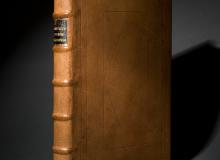The Jesuitana Collection contains more than 2,500 volumes published by or about the Jesuits prior to the order’s suppression in 1773. It documents the significant contributions of Jesuits to a wide range of disciplines in the early modern period, including in the fields of mathematics, science, history, travel, philosophy and Biblical exegesis. Here are 13 important books from the collection. All of them deal with east-west cultural exchange.
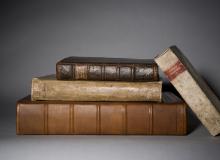
A description of the empire of China and Chinese-Tartary
Around 1738, Emmanuel Bowen (cartographer for George II and Louis XV, 1714-1767) translated this work into English from the original French.

The French cartographer Jean-Baptiste D’Anville (1697-1792) never left Paris but created beautiful maps of the world, often drawing on the works of Jesuits.
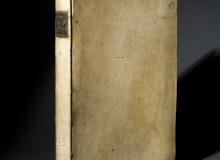
Although based at the Roman College, Kircher used missionary writings to compile this work about China’s geography, flora and fauna.
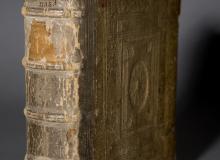
De Christiana expeditione apud Sinas suscepta ab Societate Jesu
Often known as Ricci’s Journals, this work discusses Christian expansion into China, as narrated by the famous Jesuit missionary Matteo Ricci (1552-1610).

Entrata nella China de’ padri della Compagnia del Gesv: doue si contengono i costumi, le leggi
Ricci’s Journals were rapidly reproduced. This is the first Italian edition, translated by Antonio Sozzini in Naples in 1622.

Histoire vniverselle de la Chine
The original work was written in Portuguese by the Jesuit Alvaro Semedo, and published in 1641. This French translation was published in 1667.
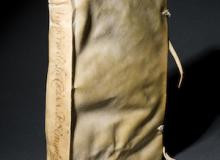
Imperio de la China. : I cultura evangelica en èl, por los religios de la Compañia de Iesus.
Semedo reached China in 1613 and died there in 1658. Between 1640 and 1644 he visited Europe to describe the Jesuit missionary work.
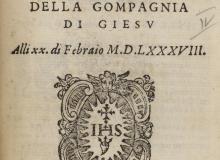
Jesuits wrote to each other constantly, both out of affection and obligation. They discussed works performed and situations observed.
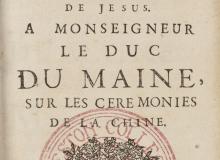
The Chinese Rites Controversy was about missionary methods. Louis Le Comte (1655-1728) wrote this letter to gain support for the Jesuits.
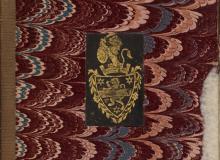
Sinicae historiae decas primas
Martino Martini (1614-1661) helped inform Europeans about China. This history is from “the beginning of time until the birth of Christ”.
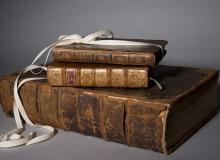
The history of Cang-Hy, the present emperour of China : pesented [sic] to the Most Christian King
Jesuit histories were translated into many languages. Here Bouvet’s description of the Kangxi Emperor is attached to a report on Russia.
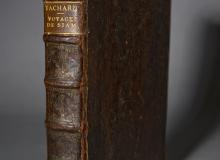
Voyage de Siam des peres jesuites, envoyés par le roy, aux Indes & à la Chine
Louis XIV appointed as his mathematicians Guy Tachard (1648-1712) and five others and sent them to Asia. Their journey included Thailand (Siam).

